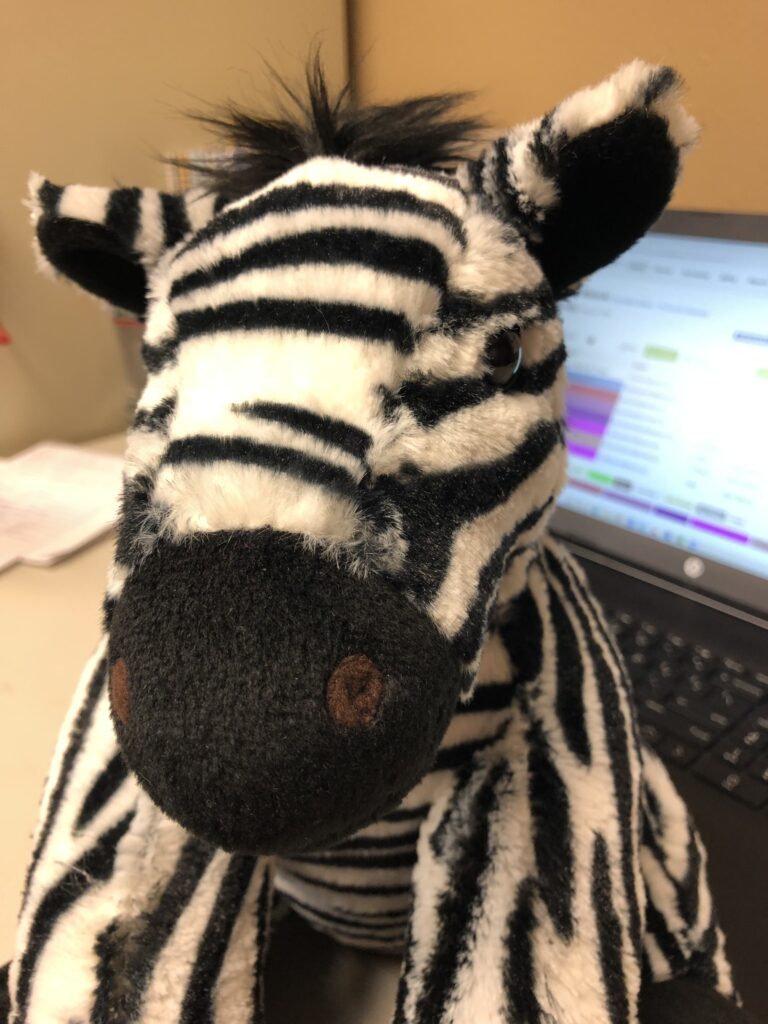
2023.03.20
Dysautonomia and POTS, 1: Physiology
Dizzy when you change positions, slow digestion or even cramps and gut pain, nausea, trembling, heart palpitations, lightheadedness, chronic anxiety, fatigue, brain fog, always too warm or too cold, blurred or tunnel vision, poor sleep, intolerance to exercise, feet turn red or even purple for no apparent reason — these are all possible symptoms of dysautonomia, an imbalance of the involuntary nervous system.
In the body, there are two major divisions of the nervous system: voluntary which makes conscious movement possible, and involuntary (also called autonomic) which controls the non-conscious functions of the body like breathing, heart rate, blood pressure, temperature regulation and some parts of digestion. Two halves of this involuntary/ autonomic nervous system constantly work to keep the body in balance: the sympathetic or “fight or flight” nervous system, and the parasympathetic or “rest and relax” nervous system.
While there can be many causes for each of the symptoms above (thus making it hard for doctors to come to a diagnosis), dysautonomia symptoms are VERY common in patients with hypermobility spectrum disorder (HSD) and hypermobile Ehlers-Danlos Syndrome (hEDS). And these symptoms can range in severity from mild to disabling.
Sometimes, these symptoms become severe enough that they meet the definition of a syndrome called POTS: postural orthostatic tachycardia syndrome – a very long name which mostly means that the patient’s heart races (100 beats per minute or higher) and they feel worse and worse the longer they stand up including often feeling dizzy or light-headed. POTS can be quite disabling.
POTS is a syndrome, not a specific disease and many disorders with similar symptoms exist. The diagnostic criteria for POTS however are:
1. An increase in heart rate of 30 beats per minute or more (40 in children) within 10 minutes of changing from lying down to standing.
2. Symptoms worsen when standing and improve with lying down.
3. Symptoms last 6 months or longer.
4. Absence of other causes such as active bleeding, medication reaction or acute dehydration.
Why are dysautonomia and POTS problems for patients with HSD and hEDS? This has to do with the way these inherited connective tissue disorders affect the way the body works. There are three most common types of POTS, that is, three most common physical mechanisms by which the syndrome arises. At times there may be more than one mechanism causing a person’s symptoms.
Neuropathic POTS.
The word neuropathic means a non-specific injury to a nerve. In the case of patients with HSD or hEDS, there can be accumulated damage to the involuntary nerves especially in the lower extremities. This results in less stimulation to the tiny muscles that wrap around the arteries. If those tiny muscles are too relaxed, the blood vessels open up and blood will pool in the legs. There is only so much blood in the body, so when too much blood pools in the legs, there is less for the upper body. When the person tries to stand up, there is too little blood to the brain and sensors in the neck tell the brain that the blood pressure is too low. All of this results in heart racing, dizziness and/or just feeling ill.
Hyperadrenergic POTS.
There are three most common mechanisms for this kind of POTS, but first some background.
The sympathetic nervous system, as we said above, is the “fight or flight” nervous system. The main chemical that serves as a nerve transmitter for the sympathetic nervous system is norepinephrine which is also called adrenaline. When too much of this hormone is in the blood, this is said to be “hyperadrenergic”. Too much norepinephrine throws the body systems out of balance. Specifically, with this kind of POTS, blood pressure levels tend to go too high as well as increased heart rate.
In Central Hyperadrenergic POTS, the sympathetic nervous system is simply too active. The reasons for this can vary. This kind of POTS is thought to be 10% or less of all cases. There may be a genetic link to developing this. In some few cases, there may be an autoimmune condition called Morvan’s syndrome. There are some rare tumor types that produce norepinephrine and which can mimic this kind of POTS. There may be an association with hyperadrenergic POTS and sleep apnea in many patients.
A second type of hyperadrenergic POTS, Norepinephrine Transporter Deficiency, is due to a genetic mutation that causes loss of function of a protein molecule that helps the body to clear away norepinephrine. Body chemicals are produced by cells but also all require some mechanism for elimination. As you might expect, if a transporter molecule needed for elimination of norepinephrine is lacking, too much will build up in the body system. This will cause high blood pressure and high heart rate. While this mutation is relatively rare, Norepinephrine Transporter Deficiency can also be caused by some medications that block the molecule. This can include certain medications used for depression, and also, for attention deficit disorder.
The third type of hyperadrenergic POTS is not directly related to norepinephrine. Mast Cell Activation Syndrome (MCAS) is another common set of problems which may arise with patients with hypermobility or hypermobile Ehlers-Danlos Syndrome. MCAS will be the topic of future blog posts, but for now, a quick summary is to say that mast cells are important sentinels in the body which will release inflammatory chemicals in the body as part of its defense system. These can become over sensitive and too quick to release their chemicals. Some of the inflammatory chemicals, histamine for example, when excessive, can create POTS symptoms especially high heart rate and high blood pressure in some patients.
Hypovolemia.
Hypovolemia means low blood volume – too little of the fluid part of the blood, plasma. Some patients with hypovolemic POTS may be low by as much as 13%. While the mechanism that causes this is known, how that the mechanism gets out of balance is not well understood.
The kidneys are the chief organ of the body responsible to regulate how much fluid the body holds on to and how much the body eliminates. There is an important system of hormones given off by the kidneys called the “renin-angiotensin-aldosterone system”. In many people with HSD or hEDS, this system is thrown out of balance causing the kidneys to eliminate too many minerals (electrolytes) and with them too much fluid leaving the person chronically dehydrated.
Which type do you have? Reviewing, in general terms, all of the types of POTS described here result in high heart rates and feelings of dizziness or illness when the person stands for a period of time. In Neuropathic and Hypovolemic POTS, the blood pressure tends to fall. In the different types of hyperadrenergic POTS, not only does heart rate go up with standing, or activity, so does the blood pressure.
The basic diagnostic test for POTS is called a tilt table test. The patient is asked to lie down on a flat tiltable table and their heart rate, blood pressure and symptoms are recorded. Then the table is tilted up by degrees until the patient is standing and changes in heart rate, blood pressure and any symptoms are closely monitored. A similar type of test, the “Standing Test”, can be done in the office for diagnosis by a physician or screening by a therapist. These tests will identify POTS but may not give enough guidance about which type of POTS to guide prescription of medications if needed.
While there are a number of primary care physicians who have educated themselves about POTS and it’s management, treatment is often done by specialists, especially autonomic neurologists (a very hard to find sub-specialty) or more commonly by a cardiologist.
In the next blog post, we will look at how the different kinds of POTS are managed including both conservative (non-drug) treatments and some general principles of how physicians manage with drugs too.
Until then, cheers!
Zebbie
Zeborah Dazzle, PT, WWF
Spokes-Zebra and Patient Educator for Good Health Physical Therapy and Wellness.
Thanks to Dr. Mark Melecki, PT for his assistance in preparing this blog. (It is very challenging to type with hooves rather than fingers. Thanks Mark.)
References:
- Raj, S., Postural Tachycardia Syndrome (POTS), Circulation. 2013; 127: 2336-2342
- Olshansky, B., et. al., Postural Orthostatic Tachycardia Syndrome (POTS): A Critical Assessment. Prog Cardiovasc Dis., 2020; 63(3): 263-270.
- Walker, A., The Trifecta Passport, US: Kindle Direct Publishing, c. 2021, ISBN 978-1-7337117-2-2
